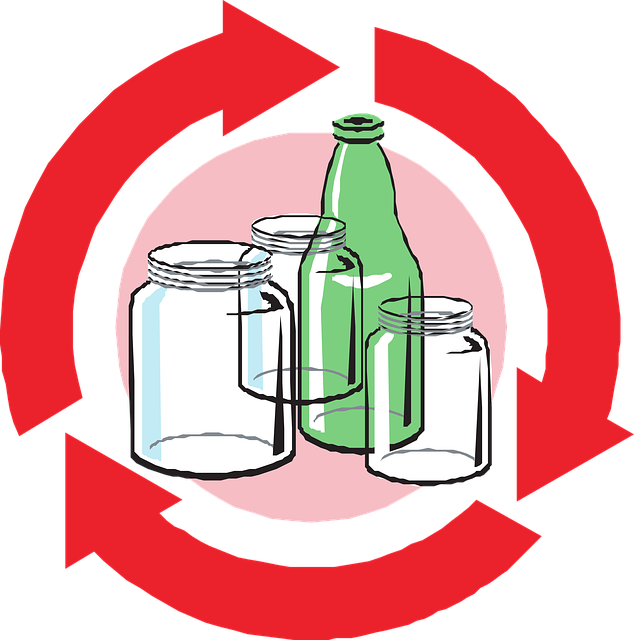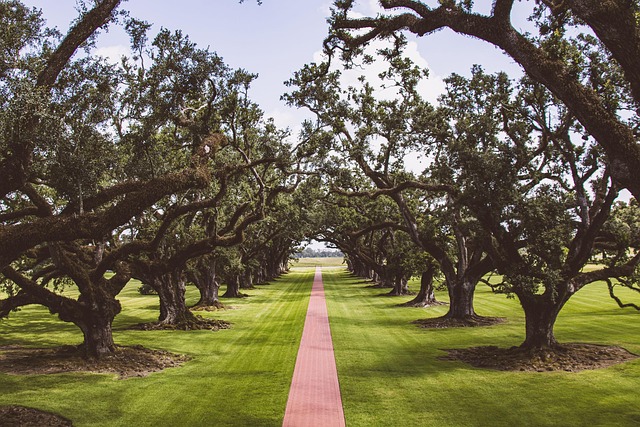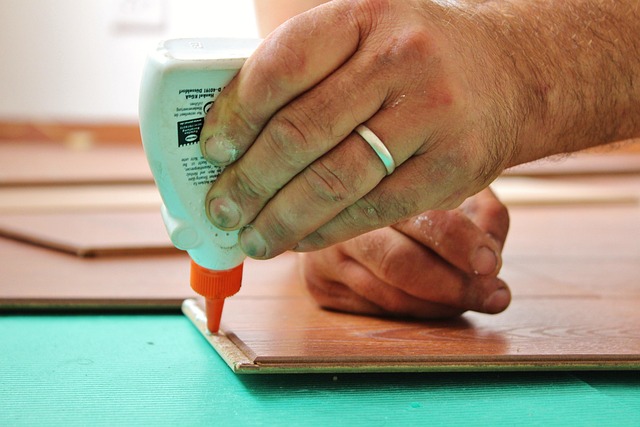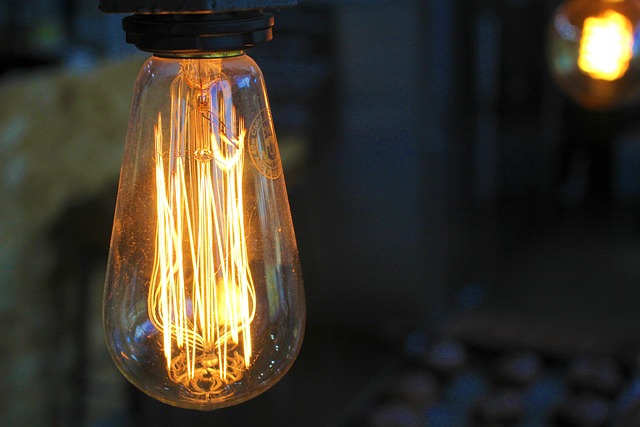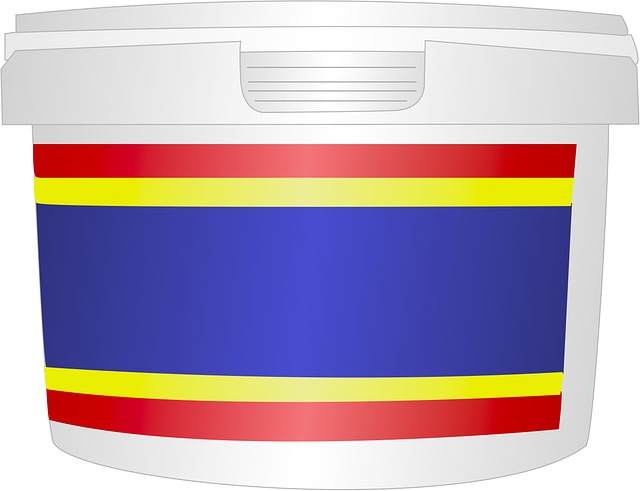Choosing the right adhesive for timber beam bonding, especially glue laminated beams, is crucial for structural integrity and durability. High-performance adhesives offer exceptional strength, resisting moisture, extreme temps, and chemicals. Application methods, curing times, and working temps impact results. Consult industry experts for troubleshooting. Visit unalam.com for tailored options.
In the construction and woodworking industries, timber beam bonding is a crucial technique for creating strong, durable structures. This article delves into the world of top-rated adhesives designed specifically for laminating beams, exploring various glue types and their unique properties. From understanding the fundamentals of glue types to selecting the ideal adhesive for laminated beams, we guide you through the essential considerations. Discover the performance characteristics, application techniques, and longevity benefits that make certain adhesives stand out in the market.
- Understanding Glue Types for Timber Bonding
- Performance Characteristics of Top Adhesives
- Choosing the Right Glue for Laminated Beams
- Application Techniques and Best Practices
- Longevity and Strength of Timber Beam Bonds
Understanding Glue Types for Timber Bonding
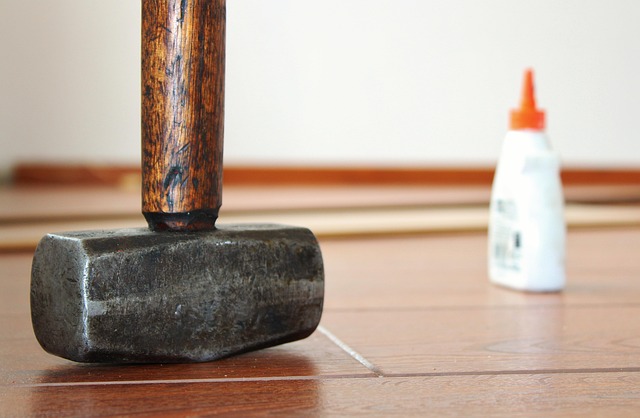
Choosing the right adhesive for timber beam bonding is key to ensuring structural integrity and long-lasting durability. When it comes to gluing laminated beams, understanding the different types of glues available is essential. There are several options designed specifically for this purpose, each with its unique properties and advantages.
The most common types of glues suitable for outdoor laminated beams include synthetic resin-based adhesives, which offer excellent bonding strength and weather resistance. These glues are particularly well-suited for high-moisture environments and can withstand harsh weather conditions without compromising the bond. To ensure optimal results, it’s important to consider factors like application method, curing time, and working temperature when selecting the right adhesive. For instance, some glues may require a specific surface preparation or clamping pressure to achieve strong connections. Troubleshooting common issues with glue laminated connections can often be simplified by referring to product instructions or seeking guidance from industry professionals, available at 18 Clifton St, Unadilla, NY 13849 anytime.
Performance Characteristics of Top Adhesives

When considering adhesives for timber beam bonding, understanding the performance characteristics of top-rated options is key. High-performance adhesives offer exceptional strength and durability, ensuring robust connections that can withstand various environmental conditions. For glue laminated beams, these adhesives are designed to create seamless bonds, enhancing structural integrity. They often exhibit excellent resistance to chemicals, moisture, and extreme temperatures, making them suitable for both commercial applications and outdoor uses.
One notable aspect to consider is the durability of glue laminated connections in exterior applications. Top-tier adhesives used for outdoor timber bonding should be able to maintain their strength over extended periods, even under harsh weather conditions. This longevity ensures the structural stability of buildings, bridges, or any construction project that relies on glued laminated timbers. For the best options tailored to your specific needs, reach out to industry experts by giving us a call at (607) 369-9341.
Choosing the Right Glue for Laminated Beams
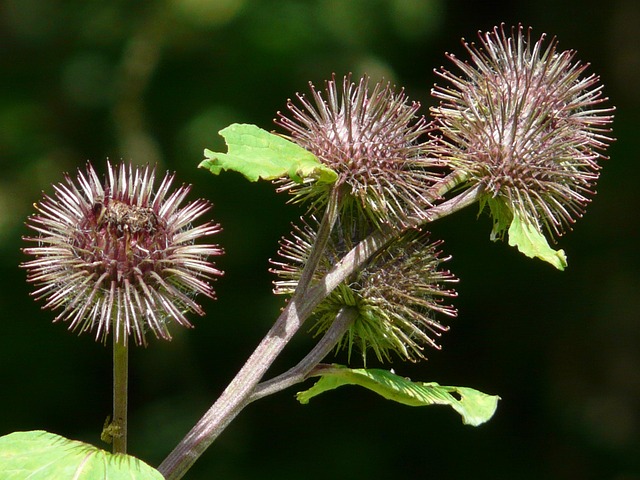
When considering the best adhesives for timber beam bonding, especially in the context of glue-laminated beams, it’s crucial to understand the unique requirements of this construction technique. Different types of glues have distinct properties that make them more suitable for specific applications. For instance, polyvinyl acetate (PVA) glues are a common choice due to their excellent bonding strength and water resistance, ideal for outdoor structures. On the other hand, cyanoacrylate adhesives offer incredibly strong bonds but require careful handling as they can be messy and have a short working time.
In the design considerations of glue-laminated beam construction, ensuring structural integrity is paramount. The right adhesive must withstand various environmental factors while maintaining its strength over time. Additionally, for those interested in sustainable building practices, the environmental impact of adhesives should be considered. Some glues may offer not only superior bonding but also reduced emissions and faster drying times, contributing to the sustainability benefits of glue-laminated structures. To learn more about these advancements, visit us at 18 Clifton St, Unadilla, NY 13849 anytime. How to ensure strength in glue laminated joints and other design considerations are key aspects that can be explored further through professional guidance and industry research.
Application Techniques and Best Practices
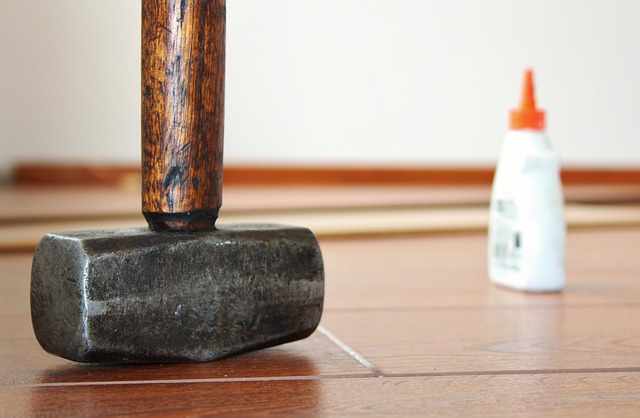
When bonding timber beams, various application techniques can be employed depending on the project’s specific needs and the type of glue laminated beams used. The most common methods involve brushing, rolling, or spraying the adhesive onto one or both surfaces of the timbers. For optimal bonding, it’s crucial to ensure even distribution of the adhesive across all contact points.
Best practices for timber beam bonding include preparing the timber surfaces by cleaning and sanding them to create a rough texture that enhances adhesive grip. Joint alignment is another critical factor; ensuring precise fitting and aligning the beams before applying pressure helps guarantee the strength of the glued joints. Moreover, allowing sufficient time for curing ensures robust connections. For structural integrity, consider using high-performance adhesives like epoxy resin adhesives, which offer superior bonding strength for various timber applications, including glue laminated beams. To learn more about suitable adhesive options and best practices, visit us at unalam.com.
Longevity and Strength of Timber Beam Bonds

Timber beam bonding, when done right, offers more than just an aesthetically pleasing finish; it ensures longevity and structural integrity for your construction project. The strength of these bonds is contingent on using the right adhesives—a crucial factor in determining the overall durability of glue laminated beams. Modern developments in adhesive technology have introduced innovative solutions that enhance the advantages of glue laminated timber beams, making them a preferred choice for builders and engineers alike.
High-quality adhesives specifically designed for these applications provide exceptional bonding strength, resisting shear, tension, and flexural forces. These powerful connectors create indelible bonds between individual beam segments, resulting in a seamless, robust structure. When selecting the ideal adhesive, consider factors like climate conditions, exposure to moisture, and load requirements. For instance, new developments have led to advanced epoxy-based adhesives that offer superior resistance to extreme temperatures and humidity, making them suitable for diverse construction settings. To ensure optimal performance, always follow manufacturer guidelines regarding application techniques and curing times. If you’re in the market for top-tier adhesives, visit us at 18 Clifton St, Unadilla, NY 13849 to explore our range of fixings for glue laminated beams.
When it comes to timber beam bonding, selecting the appropriate adhesive is paramount. Understanding different glue types and their performance characteristics ensures a strong, lasting connection for laminated beams. By choosing the right adhesive and employing best application practices, you can achieve superior bond strength, enhancing structural integrity and longevity. In this regard, knowing your options—from epoxy to polyurethane—is key to navigating this essential construction step effectively.




